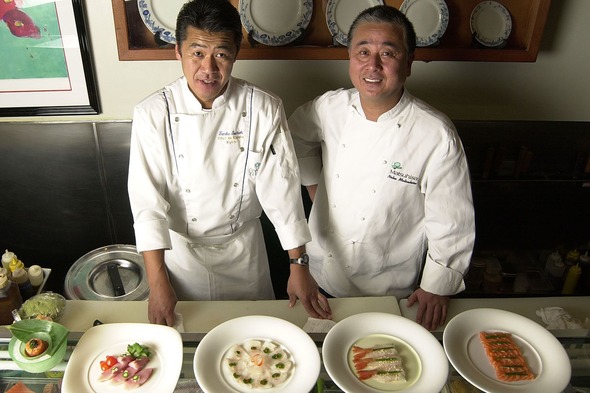Now you may feel you have heard this before, but apparently, a cruise ship is just like a luxury hotel, only you wake up somewhere new every morning. I know regular cruisers consider this to be self-evident, but of course, this is still a strong message for that extensive group of people who have not yet engaged with the concept of cruise.
As for who those people might be, the buzz is about millennials - but to my mind that poor benighted group of highly stressed, cash-poor time-poor individuals, although definitely in need of a cruise, may have other calls upon their incomes. The real target has to be the huge group of baby boomers - who in any case think of themselves as young and trendy - for whom a cruise is without doubt the perfect holiday choice.

So what, according to the cruise line experts, are the key trends which are increasing the appeal of luxury cruising?
Well, they flag a more informal style with a relaxed and laid back atmosphere on board - 'no herding', as one succinctly put it. Today's travellers enjoy flexible timing and lots of options, so the trend is for a stylish but not dressy ambience, long stays in port, and an array of optional activities and events to choose from.

Keeping in touch is very important, so cruise lines focus on high connectivity - we are seeing a significant increase in free WiFi. And for those who are still working, there is high demand for one week cruises (for example Seabourn, Crystal Esprit, Silversea in the Mediterranean) alongside much longer voyages.
Theming has become significant, with a focus on learning and stimulation: the executives refer to 'silo vacations', focused on a specific area of interest such as art or architecture in a unique destination setting. Alongside that, we see upgraded shipboard lecturers and experts, such as Seabourn Conversations, the top management team from Christies on board Ponant's Christies cruise, or Silversea's 'Tale of Tales' World Cruise with the participation of high profile writers such as Alain de Botton.

We have referred to options and choice, and dining options in particular have become particularly important. On Silversea's Silver Muse we saw the introduction of a whole range of dining options, and similarly Seven Seas Explorer, and the upgraded Crystal Symphony and Serenity, have really focused on variety and choice. As for quality, the involvement of high profile chefs such as Thomas Keller for Seabourn, Nobu Matsuhisa for Crystal, and Alain Ducasse for Ponant is welcomed by foodies the world over.

Finally, the consensus is that the high end buyer is looking for more personalised experiences - organised trips should be lively, authentic and participative, with features that are unique or hard to access. Unusual curated pre- and post-cruise arrangements are appealing, and there is a high level of interest in the more far-flung, off-the-beaten-track destinations. To achieve the high level of personalisation today's luxury buyer requires, you need to be operating small or mid-size ships (up to about 1,000 guests).






